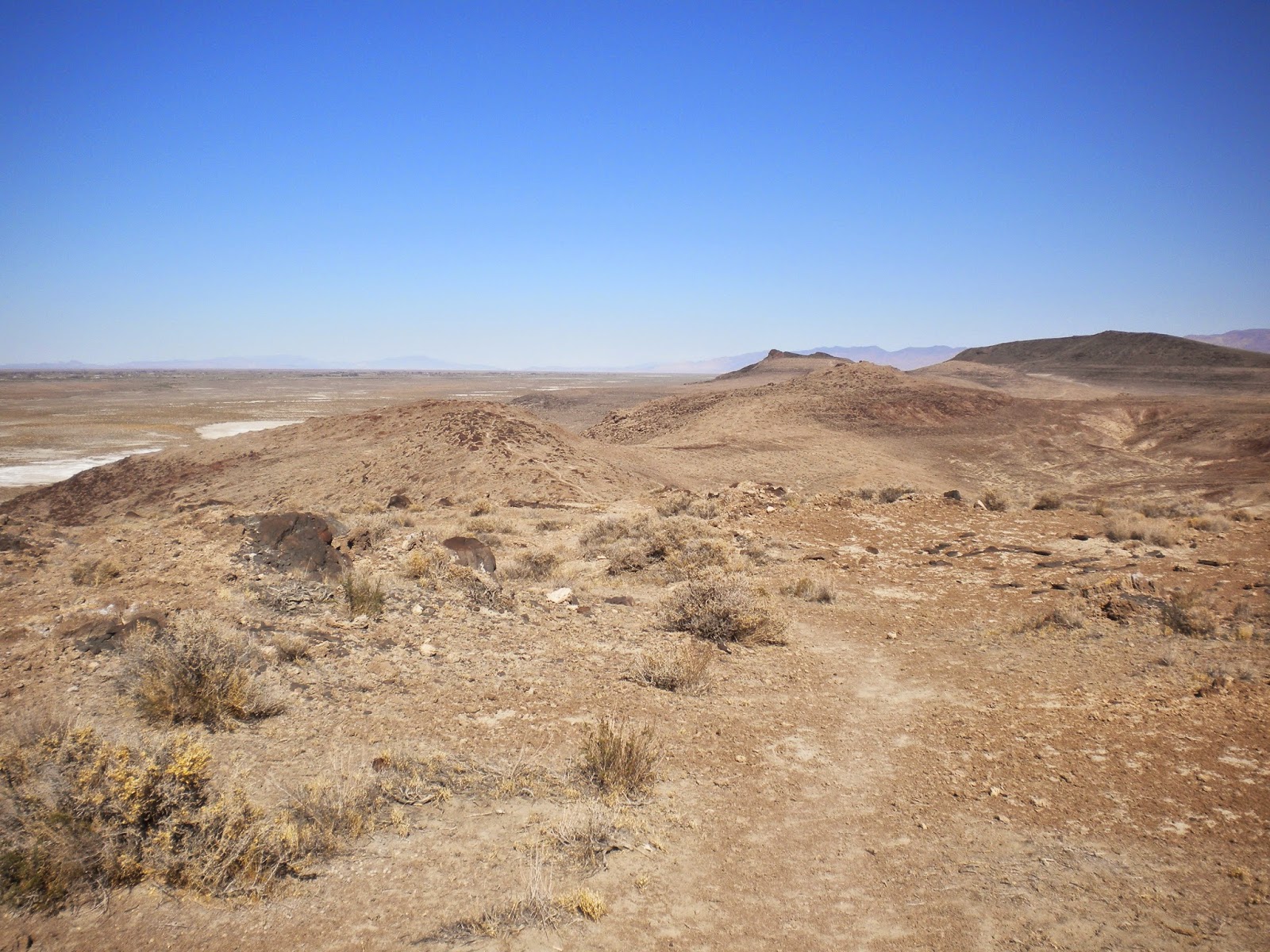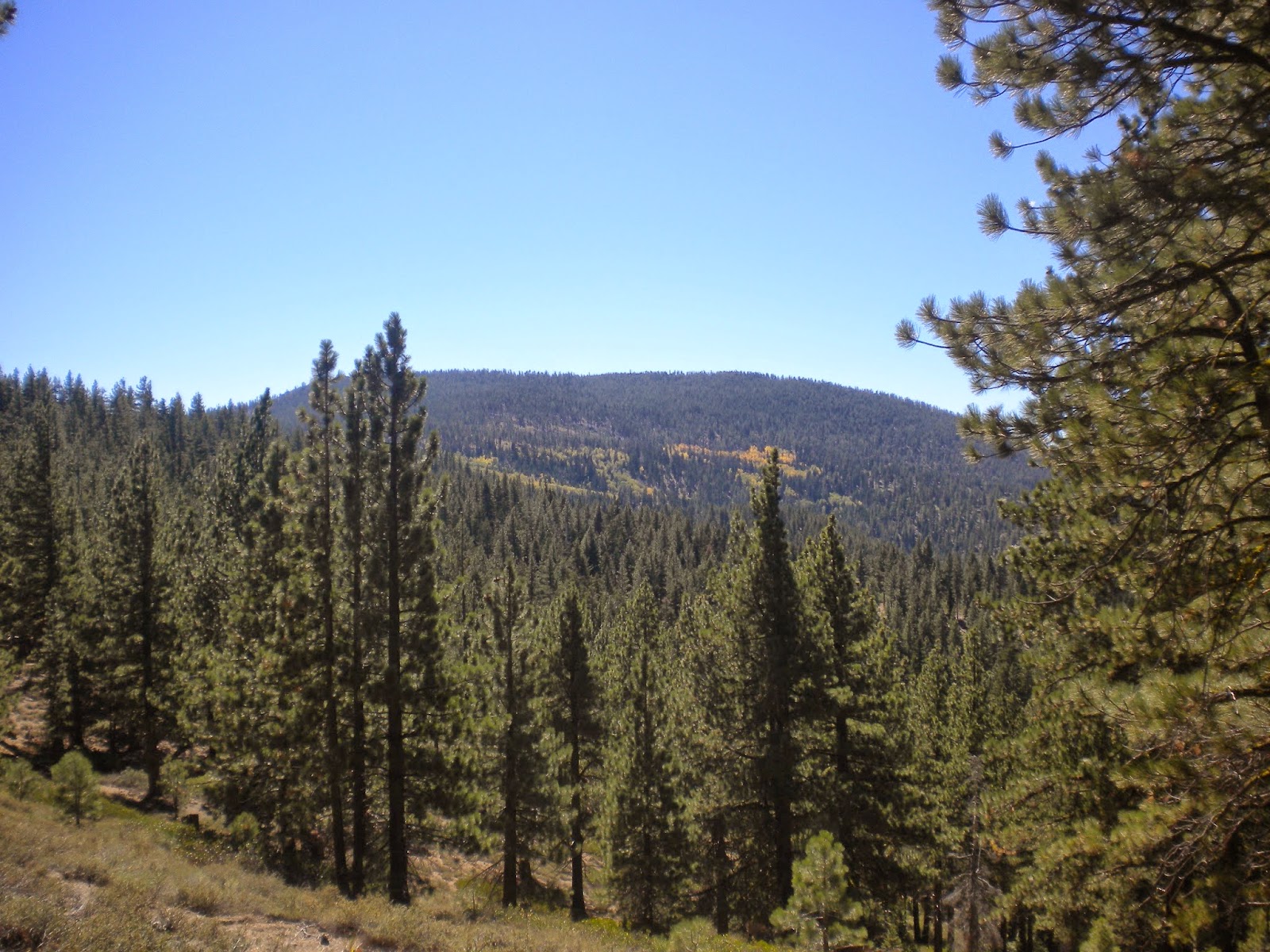Gear
I liked the gear I had with me on the PCT. I had minor quibbles with some of it but, hey, nothing's perfect. Gear is actually the one thing I got really, really right during my hike in Oregon. But there's always room for improvement, right? To start with, my stuff was way too heavy. Fully loaded with water and food, my pack was sometimes as much as 42 pounds. Oof. My goal for the TRT next summer is to get my max pack weight down to 38. The easy way to do this is to shed extraneous items. I didn't have many but they included camp shoes and a book. Those two items alone drop my pack weight by nearly 1.5 pounds.
The other way to dump weight is to use stuff that is lighter than my old stuff. As much as I love my old North Face backpack, I'm retiring it in favor of my Granite Gear Nimbus Trace backpack. The GG pack weighs nearly 2 pounds less than the NF bag. It's also smaller and has a lower weight capacity, so I'll be forced to take less stuff. I've also invested in a lighter down sleeping bag. My old bag was rated at 15 degrees - far too warm for summer hiking. My new bag is rated at 25 degrees and weighs 1 pound less than my old one.
So there, a few minor changes in my gear and I've dropped 4.5 pounds from my gear weight! However . . . I'm also going to experiment with a new tent that is a few ounces heavier than my old tent (but not single walled, thank heaven) and I will probably be carrying a bear box, which is considerably heavier than my Ursak. I've also decided to go back to using an air mattress because the Z Lite just isn't working for me. And, because I like my comfort, I'm going to add a Z Seat so I have something to sit on for breaks. But those two additions only increase my pack weight by 4 oz. But still, it's more weight. Sigh. Obviously I'll need to do more thinking about gear weight but I figure I'm still saving about 2.5 pounds in weight with the changes I've made. I'm considering going stoveless to save even more weight but the jury's out on that one (see next topic).
Food
Food is something I got really, really wrong on the PCT. When I was planning for the trip, I focused too much on calories and not enough on nutrition. I indulged in all the tasty junk food I love but failed to think about how empty those calories were. The whole trip I hated just about everything I brought to eat. So next summer I intend to bring more whole foods like jerky, tuna, sausage, tortillas, cheese, dried fruit, and nuts. The one thing that surprised me on the PCT was how I could happily eat a Clif bar every single day. I thought for sure I'd get sick of Clif bars but I never did. Bonus that they're actually full of good stuff. I also really liked my raisin bran and dried milk breakfasts, so I'll definitely be bringing that again.
I've also considered going stoveless. On the PCT, I didn't use my stove nearly as much as I thought I would. At the end of the day, all I wanted to do was unwrap a Clif bar and shove it in my face. I had little desire to dig out my stove and wait for something to cook. Next year, for the TRT, I especially don't want to bring any food that requires a lot of effort to make. If I bring a stove, it will be used to rehydrate or warm up food - and that is it.
I'll also be bringing supplements, especially electrolytes. On the PCT, my body just ached constantly from the lack of nutrients and electrolytes and I am SO not going through that again.
 |
| Most of this junk is not coming with me again. |
I actually worked really hard on my improving my physical state before attempting Oregon last year. I lost about 20 pounds and walked 30-40 miles a week for months before going. But I could have done better. About 8 weeks before my trip, I got stressed out and resorted to bad behaviors to deal with it - eating too much and not exercising enough. I need to not do that this time. My weight really held me back on the trail. Never mind my pack weight - my personal weight was way too high and I paid the price in sore feet, aching muscles, and a bad attitude. This year, I vow to do better.
I also want to use my TRT hike to work on my attitude. Prior to hiking the PCT, I read too many blogs written by 20 year olds who talk about nothing but the miles they were doing every day and how fast they were walking. I got way too caught up in proving that I could walk a lot of miles day after day. So my days on the trail were a constant rush to get the miles in. I rarely allowed myself to take a proper break because I was so concerned with getting down the trail. But in hindsight, I could have done the same miles in a more leisurely manner - if you walk all day, you're pretty much guaranteed to do 16-18 miles. You just will. So next summer, I'm going to take longer breaks, eat more, drink more, and go at a pace that is comfortable for me. More than anything, I'm going to practice patience with myself knowing that the miles will come no matter what.
 |
| My poor tired, mistreated dogs. I'll be better to them next time. |















































